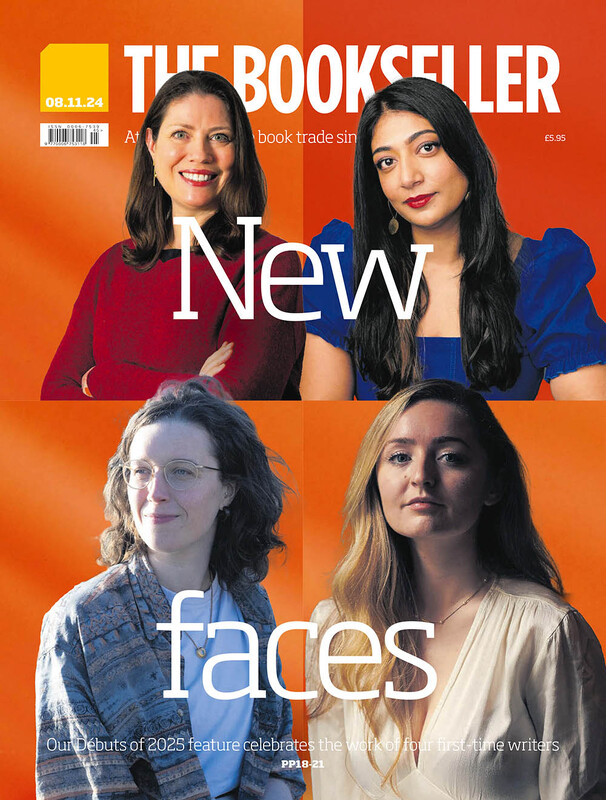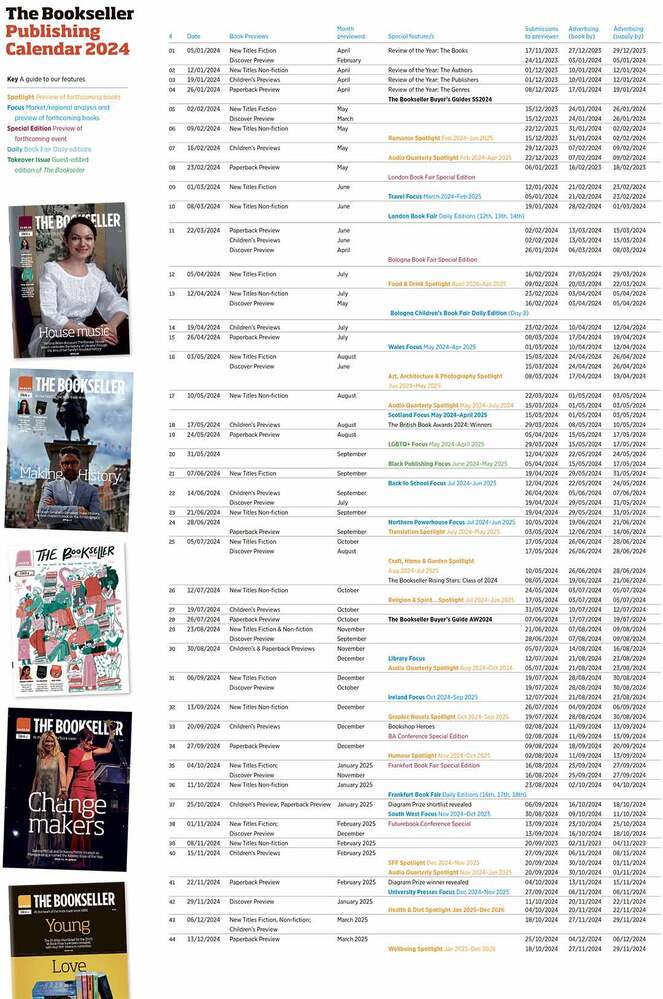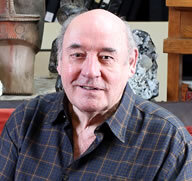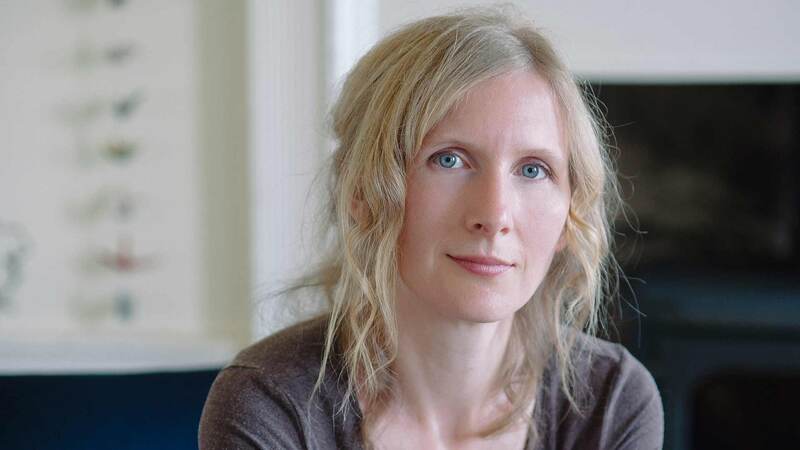You are viewing your 1 free article this month. Login to read more articles.
Desmond Morris | "It is why we as a species make aesthetic decisions and have this desire to create art"
I meet Desmond Morris at his Oxford studio/library. It's stuffed with art—including his own paintings and works of 20th-century masters—and enough books to rival the Bodleian.
It has just gone noon and Morris admits to having recently arisen. This is not because Morris is a slugabed, just that he is “a nocturnal animal, always have been”, usually working until four in the morning.
In fact, despite being 85 (“the same age as the retired pope,” he notes drily), Morris has continued the rather punishing work schedule he has always had in his 60-plus years as an artist, zoologist, academic, broadcaster and writer. By the end of 2013, he will have written or collaborated on three books during the year: Desmond Morris: Analytic Catalogue Raisonné (Sansom & Company), a look at his work as an artist; Monkey, an examination of primates for Reaktion’s Animal series; and The Artistic Ape (Red Lemon), which looks at the development of human (and animal) art over the last three million years.
The Naked Ape
The Artistic Ape title riffs on Morris’ most famous book, The Naked Ape. It is difficult to overstate the importance of The Naked Ape—first published in 1967, it is certainly one of the bestselling books of all time (around 15 million units worldwide). Beyond that, it was one of those once in a generation touchstones; a pioneering, controversial book debated in the press and amongst academics and the general public. Morris, applying zoological techniques to study humans, essentially created a new discipline and revolutionised the way academics look at human behaviour
The Artistic Ape
The Artistic Ape, part of the launch list of Bonnier Publishing imprint Red Lemon, follows that same forensic, zoological examination of human behaviour, but with art. “It’s not a book about any type of art, it’s about the phenomenon of art,” Morris says. “So I couldn’t have any biases in it; a child’s drawing, graffiti or a Leonardo must all be treated the same. It is about why we as a species make aesthetic decisions and have this desire to create art—and we all do it every day, even the least ‘arty’ of us. Every time we buy clothes, for example, that’s an aesthetic decision.”
Morris has had two obsessions his whole life, “art and animals”, both interests beginning when he was a schoolboy in Wiltshire during the Second World War. He decided to study zoology and become a surrealist painter in something of a retreat from the human race. “If you are at all sensitive as a child and you see adults killing one another—and not in a criminal way, but an accepted way—that is a strange learning process. It just seemed to me that it was appalling that when I got older I might be expected to kill people, and if I didn’t I’d be a coward. I thought, ‘this is the species I belong to?’”
Those two main interests have featured in his varied career. He studied zoology at Birmingham and Oxford (his doctoral thesis was on the reproductive behaviour of the Ten-spined Stickleback), has held various zoological research fellowships at Oxford, and was the Zoological Society’s curator for mammals. He also has exhibited his art widely (his first London exhibition in 1950 was a joint show with Joan Mir√≥) and been the director of the Institute of Contemporary Arts. He has also written and directed surrealist films, and had a career in broadcasting stretching from the 1950s to the 1990s, beginning with “Zootime”, a weekly show from the London Zoo which launched in 1956.
Naked gun
Of course, The Naked Ape is what Morris will be mostly remembered for, but he was wholly unprepared for its success. He had discussed the idea a few years previously with former Jonathan Cape boss Tom Maschler, who then kept pestering Morris for it. “Every couple of months I would get a telegram—we had telegrams in those days—with nothing else on it but: ‘Where’s The Naked Ape?’”
Morris finally delivered, presenting Maschler with the only copy of the manuscript, which Maschler—perhaps assuming that there were other copies—proceeded to “blithely throw on top of a shelf somewhere just before we had a pretty raucous Christmas party in his office”. The manuscript survived, of course, but was lost for decades after publication before “recently turn[ing] up”. Morris gets up and rummages about in his library and hands it to me. Looking at the typescript, with its marginalia in Morris’ and Maschler’s hands, I find myself thinking (rather crassly, I know), what this literary relic would fetch at auction.
“The success of The Naked Ape should have meant I would never have to work again,” Morris says. “My mother said I should put the money in the bank. Being me, I decided no, I’m going to spend it. It took me five years, but I did.”
Zootime
The Naked Ape was not Morris’ first cause célèbre; that came when “Zootime” introduced to the general public his research into chimpanzees and painting, and whether chimpanzees, like humans, had an aesthetic sense. One of the stars was Congo, a chimpanzee whose abstract paintings were snapped up by Dal√≠, Mir√≥ and Picasso (three “Congos” famously earned nearly £15,000 at Bonhams Auctioneers in 2005, outselling Warhols and Renoirs in the same auction). Morris says: “It was a serious study, it wasn’t a joke, though some in the media treated it as such and used it to attack modern art, which made me rather cross.”
The subsequent book about chimpanzee art contained one chapter in which Morris applied what he learned from his research into chimpanzees to humans. He had been thinking about developing that chapter to a full-length book, but never got around to it. Fifty years on, he finally has. “It was not an easy thing to take on, the whole of human art. I kept putting it off and putting it off. But then I got into my eighties and I thought: ‘I have to do this now or I’ll conk out and I won’t have done it.’ But I’m glad I waited.
“The whole idea has been maturing; if I hadn’t left it this long [The Artistic Ape] wouldn’t have had the roundness or completeness of what it turned out to be.”
Desmond Morris' top five
Peoplewatching
Vintage, 9780099429784, £7.99
How people use body language—a concept Morris pioneered—to signal their attitudes and desires.
Books sold: 44,000 since 2002
The Naked Ape
Vintage, 9780099482017, £7.99
Ground-breaking study on human behaviour.
Books sold: 19,999 since 1998
The Naked Woman
Cape, 9780099453581, £9.99
A “guided tour” of the female body from an evolutionary point of view.
Books sold: 7,500 since 2005
Baby
Hamlyn, 9780600623892, £25
A look at the first two years of a baby’s development.
Books sold: 3,700 since 2008
The Naked Eye
Ebury, 9780091878672, £12.99
Insights into humans’ behaviour across the globe based on 30 years of travel.
Books sold: 3,200 since 2000
Personal file
1928 Born in Wiltshire
1941-51 Educated at Dauntsey’s School, Wilts; zoology degree from Birmingham University; a PhD in Zoology at Oxford
1950 First London art show with Joan Miró
1956 First TV appearance for Granada TV
1958 The Story of Congo (Batsford), first of 80 titles published
1965 Made director of the ICA
1967 The Naked Ape published
2008 80th birthday restrospective of his art at the Mayor’s Gallery, London









